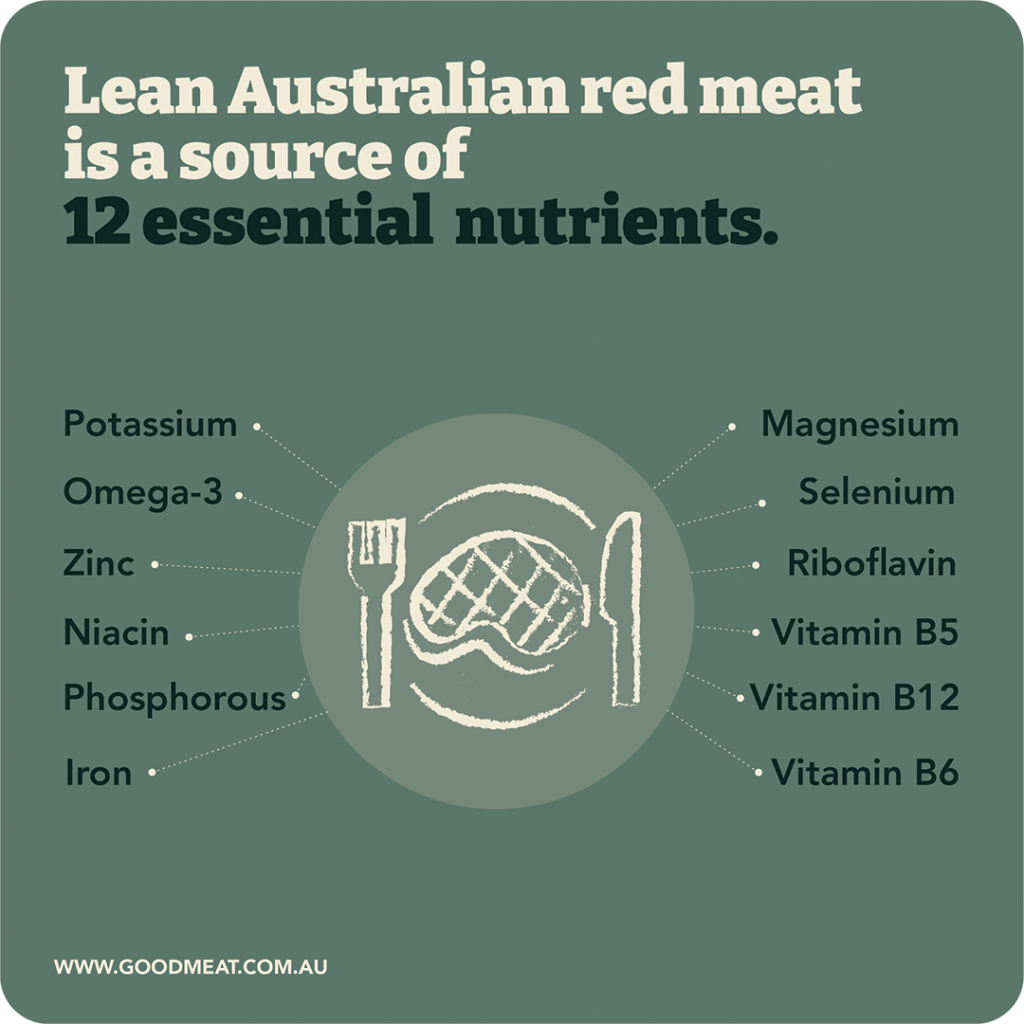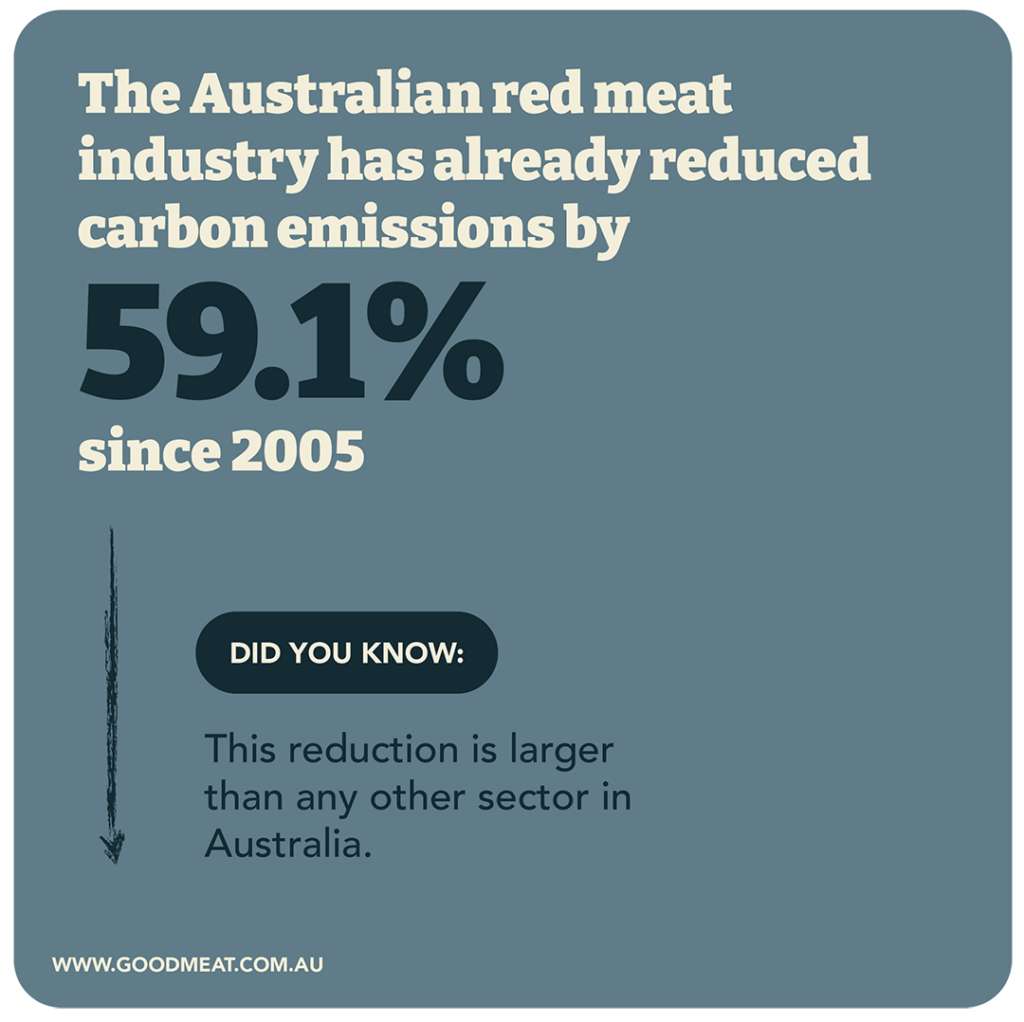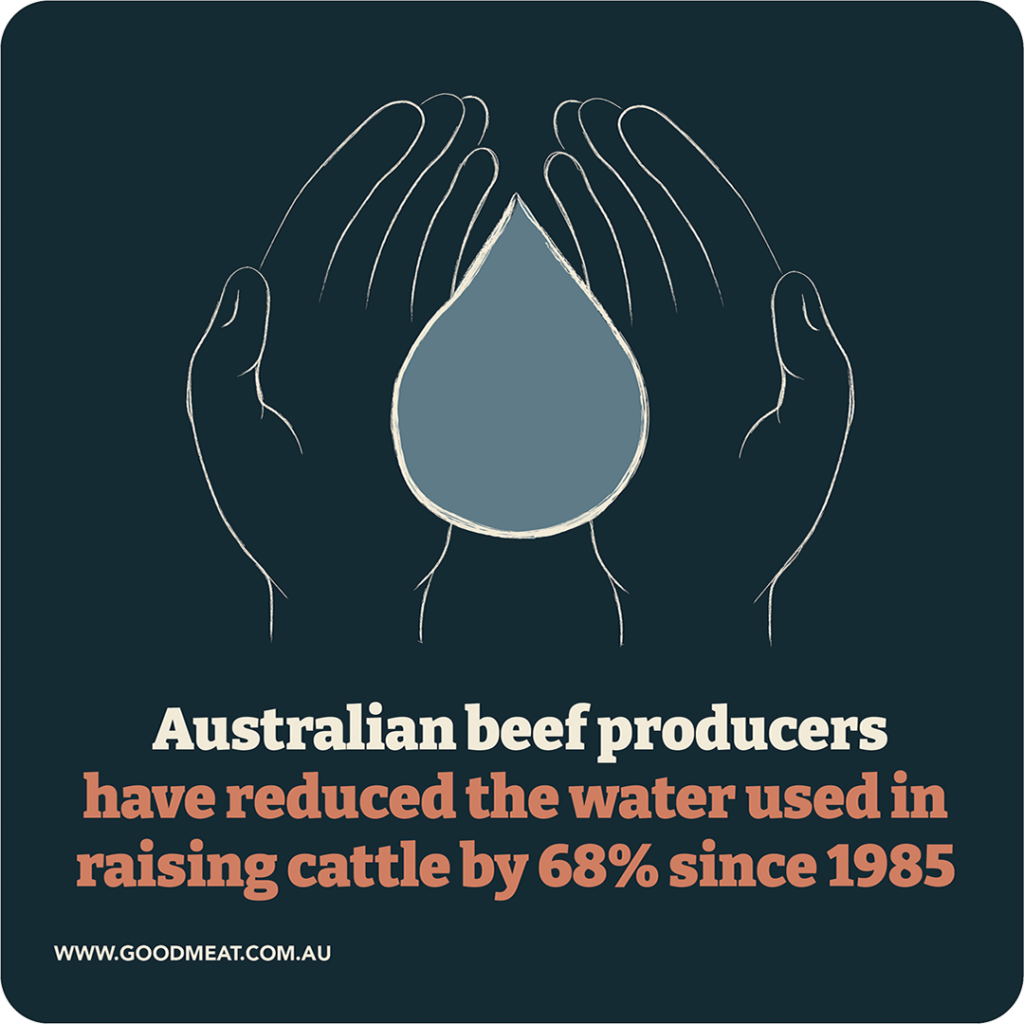Australian Beef is the Sustainable Option
The Australian beef industry has pledged to become carbon-neutral by 2030, which puts that island nation as a global leader in low-carbon agriculture. To achieve its goal, Australia has spent decades making its meat industries more sustainable. Currently, the Australian beef industry is on track to reach its goal.
There are several factors behind Australia’s commitment to making its meat industries sustainable. While much of that nation’s landscape is ideal for raising cattle and sheep, only a small percentage of its farmland is suitable for raising fruit and vegetables. Given that Australia’s land yields perfect pasturage, beef, lamb, and wool production are vital to that nation’s economy. Australia exports 76% of the beef that it raises; as a nation, Australia is uniquely invested in making meat production as efficient and sustainable as it can possibly be.
But first—any discussion of sustainability and Australian meat begs a perfectly reasonable question. How can a product raised halfway around the globe be considered a sustainable food to eat in the USA? Turns out, an Australian Life Cycle Analysis revealed that transport is responsible for less than 5% of the greenhouse gasses generated by the production of its beef. This suggests that food miles (local production) are not a strong indicator of a food’s sustainability. Instead, factors like the water consumption required to produce meat and the generation of methane (greenhouse gasses) by herds are. Still, to offset transport’s less than 5% contribution to greenhouse gasses, the Australian beef and lamb that reaches our shores is transported by ship, which—compared to trucking or cargo flight—is the most environmentally efficient method of transport.



In Australia, where 96% of beef is grassfed on pastures, herds help to improve biodiversity and promote soil health. Herds that graze on pastures put more carbon into the soil than they take out. This effect is aided by dung beetles that recycle nutrients and help to store carbon in the soil. Not only does this improve the land, but healthy soil retains more moisture. Meanwhile, Australian farmers have switched from storing their irrigation water in covered containers rather than in open-air ponds, thus drastically reducing evaporation. Using these and other practices, Australian beef and lamb farmers have reduced their water requirements by 68% since the mid-1980s.
In the last 14 years, Australian farming practices have also significantly reduced the greenhouse gasses that their herds produce. Some farmers plant legumes in the pastures where their herds feed—this is a natural way of reducing the methane that their animals produce while simultaneously adding nutrition that helps them grow faster. The sooner animals are brought to market, the less methane that individuals can produce. Meanwhile, some farmers are giving their herds seaweed-based supplements that also reduce methane production. Using these practices, Australian beef production generates 56% less methane than it once did.
While Australia’s beef industry has pledged to become carbon-neutral by 2030, some of Australia’s family farms have already achieved that goal. Owners Mark Wootton and Eve Kantor of Jigsaw Farms near Hamilton, Victoria, achieved carbon neutrality on their beef, wool and lamb farm in 2011.
There’s also nutrition to consider. Besides being the gourmet pick for its rich, beefy flavor, pastured beef is leaner than beef raised on feed. It’s also an excellent source of low-calorie protein. To get the 25g of protein found in a 145-calorie serving of lean beef (or the 25g of protein found in a 202-calorie serving of fattier beef), you’d need to eat 310 calories worth of eggs, 397 calories worth of black beans, 666 calories worth of quinoa, and a whopping 695 calories worth of almonds. Meanwhile, beef is a great source of iron with twice the iron of pork and four times the iron of chicken. It also has zinc, and omega-3 fatty acids. As Chef Pam Smith, Registered Dietitian, nutritionist, culinary innovator and flavor consultant, best-selling author, TV and radio host, says, “it’s a nutrient-dense package — it’s not only a high-quality protein, but one naturally rich in zinc, iron, omega-3’s, and essential fatty acids — just a 3½ to 4 ounce portion packs a powerful punch when it comes to wellness. And I celebrate that it’s raised sustainably without antibiotics and hormones.”
To learn more about delicious, nutritious, and sustainable Australian beef, click over to Aussie Beef and Lamb. And this Earth Day, do the Earth a favor: take the pledge to Go Grassfed with Aussie Beef—you might even win a trip to Australia (see official rules) to see for yourself!



